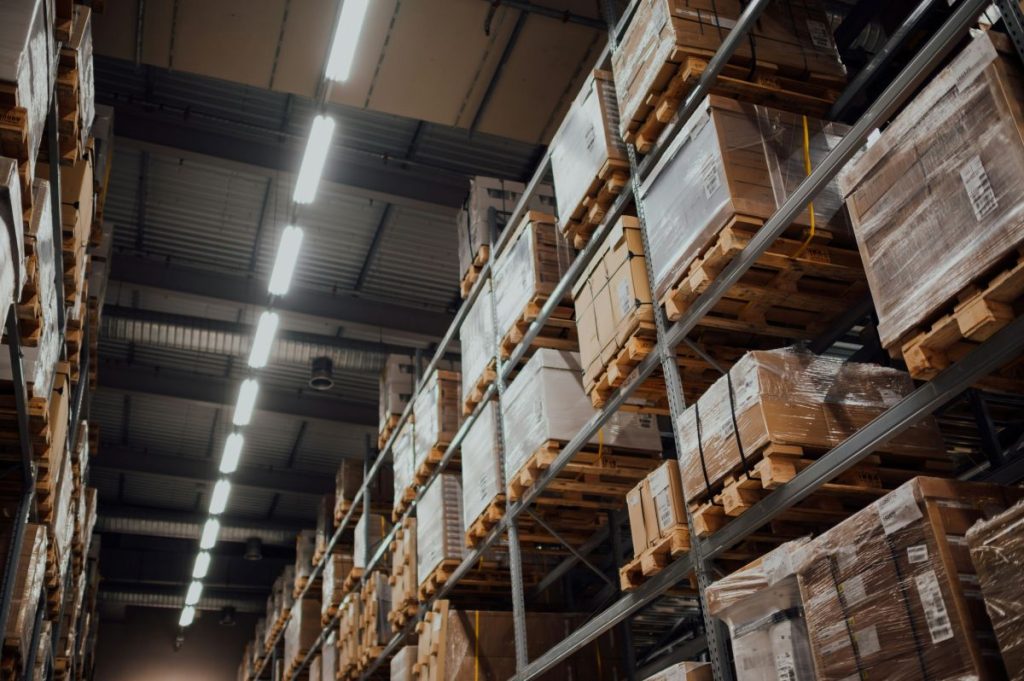While retailers continue to pull cargo forward to mitigate trade risks, U.S. warehouse capacity remains resilient, supported by post-pandemic investments and a growing 3PL market.
Despite concerns over supply chain disruptions, warehouse capacity in the U.S. has largely absorbed the impact of increased import volumes driven by shipper frontloading. As businesses seek to navigate labor unrest, new tariffs, and ongoing global trade challenges, the storage sector remains stable, according to industry experts.
While frontloading has been a long-standing strategy, its significance grew in 2024 due to the Red Sea crisis, port labor tensions, and the Panama Canal drought. With the Biden administration set to implement further tariffs on China and potential trade penalties on other partners, shippers continue to bring in goods ahead of cost hikes. Yet, the anticipated strain on warehouse space has not materialized.
Ample Space to Absorb Increased Volume
John Morris, Americas President for CBRE’s Industrial and Logistics division, stated that while some additional warehousing pressure has emerged, it has not reached disruptive levels. “On average, there has not been a significant, market-altering capacity constraint,” he noted.
In key regions like Southern California, where more than 2 billion square feet of storage infrastructure supports logistics, experts remain confident in the sector’s ability to handle increased cargo flows. Port of Los Angeles Executive Director Gene Seroka recently affirmed that existing facilities are well-equipped to manage the ongoing surge in imports.
E-Commerce and 3PLs Driving New Demand
Though existing warehouse space remains sufficient, the market is shifting. The demand for third-party logistics (3PL) facilities continues to rise, with leasing activity significantly above average. CBRE reports that in major port cities like Los Angeles and New Jersey, 3PLs accounted for up to one-third of all leased warehouse space.
Additionally, the post-pandemic warehouse expansion has helped mitigate supply chain disruptions. Investments in new facilities and improved inventory management practices have contributed to a more flexible storage landscape. However, with e-commerce retailers requiring more storage than brick-and-mortar operations, demand for fulfillment centers is expected to persist, especially as trade policies evolve.
What This Means for Supply Chains
The key takeaway is that while warehousing constraints have eased, demand is shifting. Companies should continue optimizing inventory strategies while monitoring trade policies that could drive further frontloading activity. The industry’s recent infrastructure investments appear to be paying off, but long-term resilience will depend on adapting to changing e-commerce and trade dynamics.



